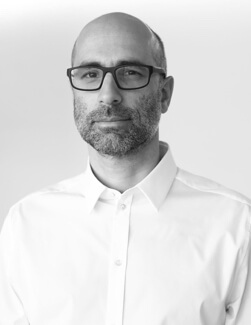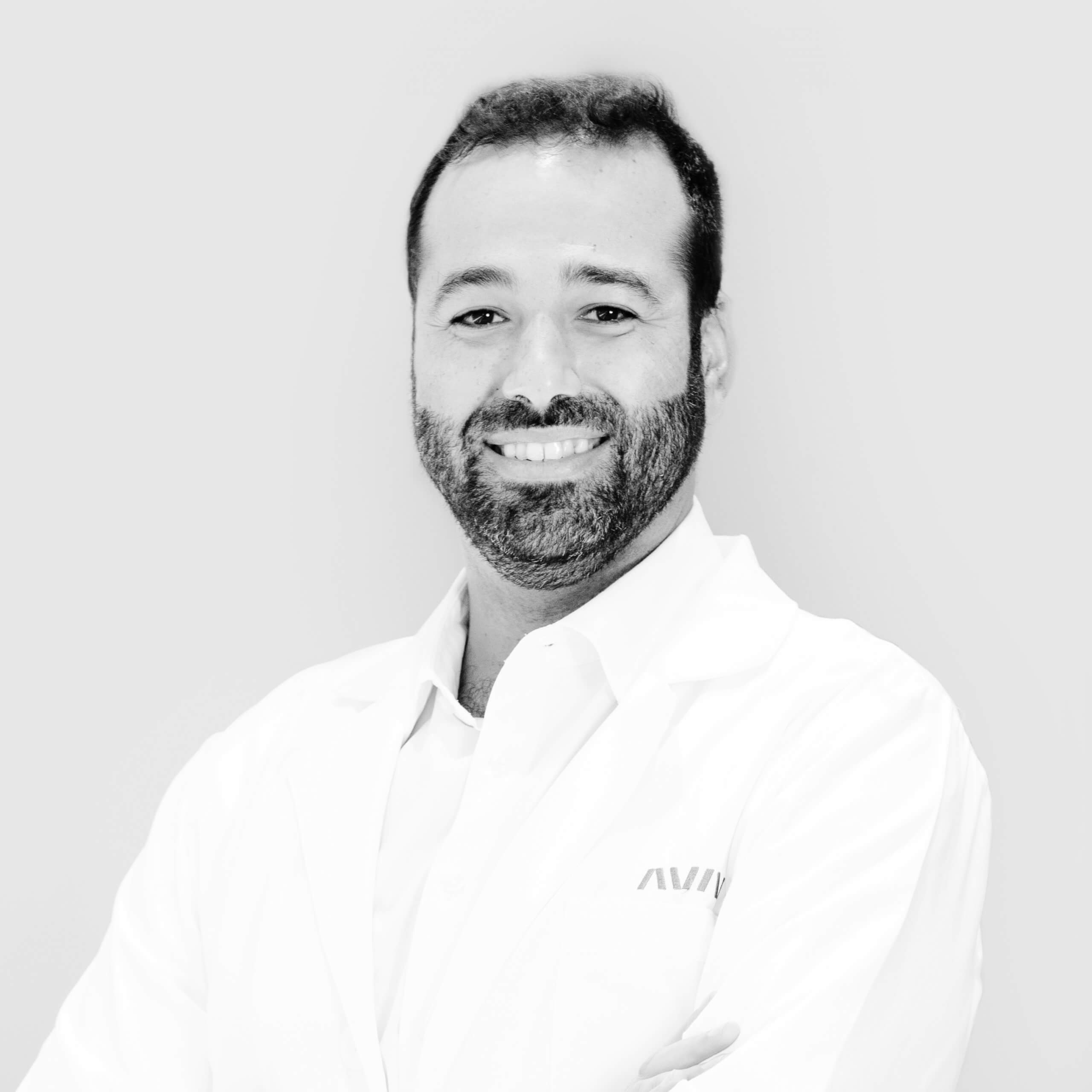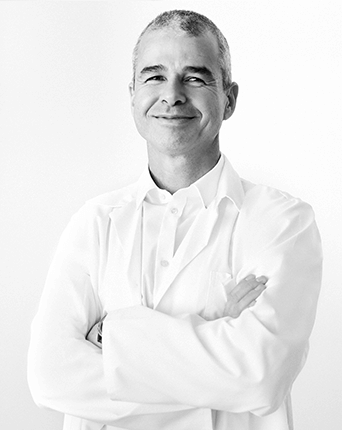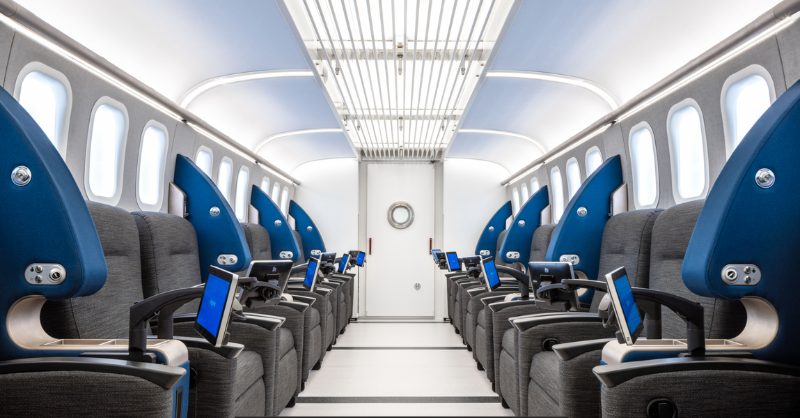
Why the Type of Hyperbaric Oxygen Chamber Matters for Your Health


Hyperbaric oxygen therapy (HBOT) is an evidence-based treatment traditionally used for specific health conditions like including decompression sickness, serious infections, non-healing wounds, and severe burns. As HBOT science has advanced, so has this therapy’s potential to treat a wide range of neurological, inflammatory, and age-related conditions. But does the type of HBOT chamber matter?
While HBOT has great potential, it’s important to recognize that not all HBOT chambers are the same. Differences in chamber design, pressure levels, and oxygen delivery methods can significantly affect usage, safety, and outcomes. If you’re considering hyperbaric oxygen therapy, it’s important to understand how these chambers operate so you can choose the best option to reach your health goals.
Monoplace vs. Multiplace HBOT Chambers: Key Differences and Benefits
-
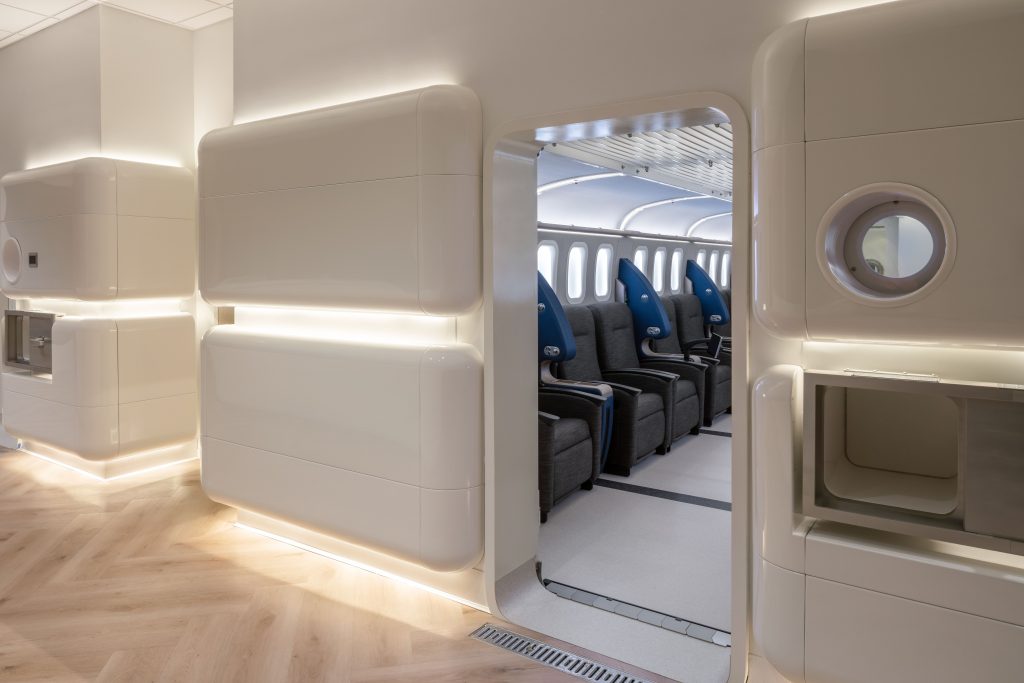
Aviv Clinics uses the world’s most advanced multiplace hyperbaric oxygen therapy suites.
There are two primary types of HBOT chambers: monoplace and multiplace. While both types deliver pressurized oxygen, they differ in construction, use cases, and capabilities
Monoplace HBOT Chambers
Monoplace hyperbaric chambers are designed to treat one person at a time and can take two primary forms: hard-sided and soft-sided.
Hard-Sided Monoplace HBOT Chambers
This is the type of HBOT chamber that most people are familiar with. Monoplace chambers are constructed of rigid materials like plexiglass and are commonly used in hospitals and wound care centers. In most cases, they are pressurized with 100% oxygen to an atmospheric level that is predetermined and prescribed by a hyperbaric physician. Depending on the shape of the chamber, patients either lie or sit inside this rigid tube or bubble with limited mobility during each HBOT session.
Limitations of Monoplace Chambers:
Because patients are physically separated from medical staff during HBOT treatment in a monoplace chamber, it can become problematic if the patient experiences any sort of health event mid-therapy. In the event of a seizure or other medical event, the chamber must be depressurized before clinicians can provide care, which takes time. While seizure occurrence is rare during a medical HBOT treatment, it is more likely in patients who have pre-existing seizure disorders or a history of low blood sugar. Unfortunately, until the chamber is depressurized, clinicians may not be able to medically assess a health event to implement rapid medical treatment.
Additionally, because these chambers are normally pressurized with 100% oxygen, monoplace HBOT chambers hold a heightened risk for fire. Because of the oxygenated environment, it’s crucial that no electronics are allowed in the monoplace chamber, further limiting safety and comfort
Soft-Sided Portable or Bag Chambers
Soft-sided monoplace chambers, often referred to as bag HBOT chambers, are primarily used “on the go.” These lightweight, portable chambers are designed to treat altitude sickness during mountain rescues. If a climber starts to suffer from altitude sickness, being in the bag chamber allows them to return to sea level faster and start recovery as they are airlifted to safety.
However, these chambers offer only mild pressure increases and can only deliver a slightly higher dose of oxygen than what we normally breathe in our natural environment. These types of chambers are sometimes used in sports medicine clinics to reduce inflammation. These soft-sided chambers are not designed for use with 100% oxygen, and due to their limited pressure capabilities, they do not deliver the level of oxygen required for medical-grade HBOT.
Multiplace HBOT Chambers
The second primary type of HBOT chambers is the multiplace chamber, which is designed to treat multiple patients at the same time. Inside these chambers, patients usually breathe 100% oxygen through a specialized mask while seated comfortably in a room pressurized with medical-grade air.
These chambers are commonly used in the diving industry: for example, in commercial diving for underwater construction. Increasingly, multiplace chambers are also found in modern medical facilities like Aviv Clinics. As the busiest civilian hyperbaric facility in the United States, Aviv Clinics accommodates the high demand for HBOT treatment through our uniquely designed multiplace suites. Aviv’s HBOT suites were created in partnership with Fink Engineering, the world’s leading designer of hyperbaric environments.
What Makes Aviv’s Multiplace HBOT Suites Different?
- Comfortable and spacious suites. Aviv’s suites are often compared to flying first class. Clients sit in large reclining chairs with personal comfort controls.
- State-of-the-art safety systems, including fire suppression equipment.
- In-chamber medical supervision. A nurse or medical professional is always in the chamber with patients during treatment.
- Precision protocols that provide fluctuations in oxygen levels, difficult to replicate in a monoplace chamber.
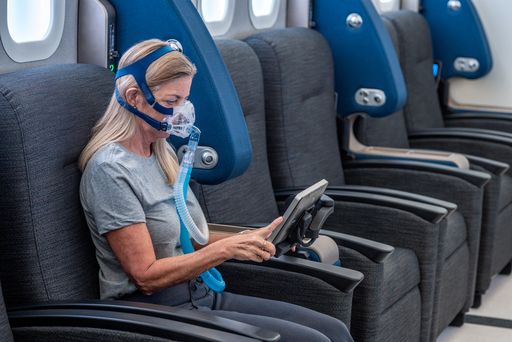
Having trained medical staff inside the chamber ensures clients are monitored throughout the entire treatment, offering peace of mind and rapid response should any need arise.
How Chamber Choice Impacts HBOT Safety and Health
While any certified facility offering hyperbaric oxygen therapy should meet baseline safety standards, not all chambers support the advanced protocols that make the Aviv Medical Program truly transformative. At Aviv Clinics, our HBOT protocol goes far beyond basic oxygen saturation. Our multiplace suites are designed to safely deliver oxygen in a fluctuating pattern. Peer-reviewed, published scientific research notes that this protocol can stimulate the body’s regenerative processes at a cellular level.
Oxygen Fluctuations: The Hyperoxic-Hypoxic Advantage
Aviv’s hyperbaric oxygen therapy protocol involves cycles of fluctuating oxygen levels. Clients alternate between breathing 100% oxygen through their mask and returning to normal air (which contains 21% oxygen) during each session. Here’s how it works:
- The multiplace chamber is pressurized to the optimal level, which takes about 10 minutes.
- Clients begin breathing 100% oxygen through a mask for 20 minutes.
- Clients are then guided to remove their masks and breathe normal air for five minutes
- The cycle repeats four times during each two-hour HBOT session.
This on/off alternating oxygen pattern initiates a physiological response called the hyperoxic-hypoxic paradox. In essence, each five-minute air break deceives the body into thinking it is in low-oxygen distress. When the body perceives this rapid decline in oxygen levels, it initiates its emergency healing mechanisms.
When the body believes it’s in a hypoxic state, its response is to:
- Produce the hypoxia-inducible factor (HIF), which can improve cellular metabolism and boost immunity
- Release vascular endothelial growth factor (VEGF), helping stimulate new blood vessel growth to deliver oxygen and nutrients to tissues
- Promote stem cell proliferation to heal damaged tissues
These processes, when initiated using a precise HBOT protocol, can contribute to improvements in both the body and the brain.
Conditions That Benefit From Advanced HBOT Protocols
Clinical trials show that the advanced HBOT protocols used at Aviv Clinics can support healing within the brain and body. These studies show it may be beneficial for people recovering from:
- Stroke recovery
- Traumatic Brain Injury (TBI) and post-concussion syndrome
- PTSD
- Long COVID
- Fibromyalgia
This protocol can also enhance physical performance, cognitive clarity, and overall vitality, especially when integrated into Aviv’s personalized medical program.
Choosing the Right HBOT Chamber: What You Need to Know
Not all hyperbaric oxygen therapy is created equal. The type of chamber you choose — and the protocol behind it — can significantly affect your safety and results. If you’re exploring HBOT, make sure you understand the difference between the types of chambers: soft-sided, hard-sided, and multiplace.
At Aviv Clinics, our hyperbaric suites and treatment protocols are designed to deliver the safest, most advanced care possible.
Contact us if you have any questions about HBOT treatments or would like to explore how the Aviv Medical Program can benefit you or a loved one.
Last Update: July 15, 2025
